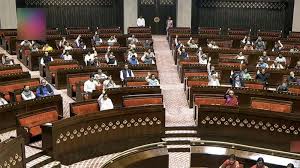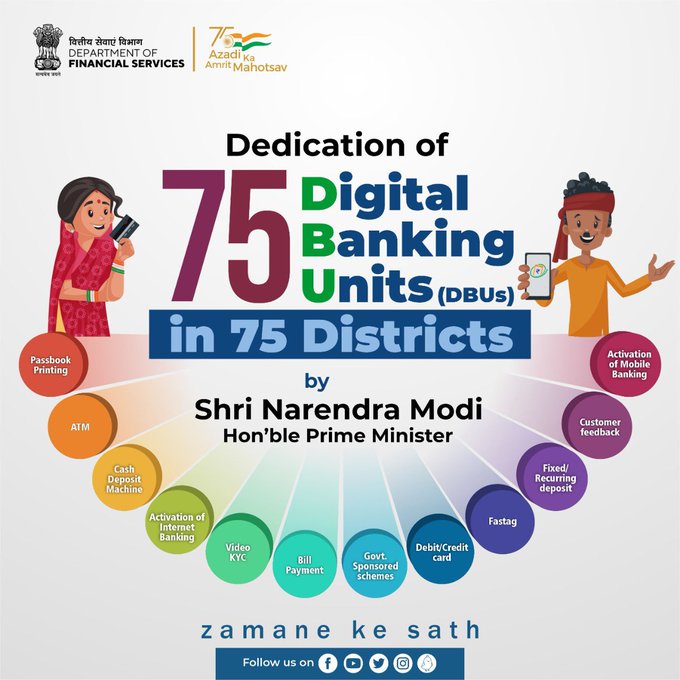RBI to bring digital loan aggregators under regulation
Why in News
The Reserve Bank of India (RBI) has decided to bring digital loan aggregators under a comprehensive regulatory framework to increase transparency in their operations.
Important Points
Web Aggregators:
• Web aggregators bring together loan offers from multiple lenders on an electronic platform; borrowers can then pick and choose the best available loan option.
Need for Regulation:
• Digital lenders have been accused of charging high interest rates and using illegal recovery measures.
• There are hundreds of unauthorised digital lenders which are outside the RBI’s purview.
Comprehensive Regulatory Framework:
Present Classification:
• The digital lending universe is classified into three groups: Entities regulated by the RBI and permitted to carry out lending business; entities authorised to carry out lending as per other statutory/regulatory provisions but not regulated by RBI; and entities lending outside the purview of any statutory/regulatory provision.
• The central bank’s regulatory framework is focused on the digital lending ecosystem of RBI’s regulated entities and the lending service providers engaged by them to extend various permissible credit facilitation services.
• Entities falling in the second category, the respective regulator or controlling authority may consider formulating or enacting appropriate rules and regulations on digital lending based on the recommendations of WGDL (working group on digital lending).
• For the entities in the third category, the WGDL has suggested specific legislative and institutional interventions for consideration by the Central Government to curb the illegitimate lending activity being carried out by such entities.
Prospects of Regulating Digital Lenders by a Central Bank
• Consumer Protection: Regulation ensures that digital lenders adhere to guidelines that protect consumers from predatory lending practices, ensuring fair treatment and transparency.
• Financial Stability: Oversight by a central bank contributes to the overall stability of the financial system by preventing excessive risk-taking and promoting responsible lending practices.
• Risk Mitigation: Regulations help mitigate risks associated with digital lending, reducing the likelihood of financial crises and protecting both borrowers and lenders.
• Data Privacy and Security: Regulatory frameworks can include measures to safeguard borrower data, ensuring privacy and security in the digital lending process.
• Market Integrity: Regulations contribute to maintaining the integrity of the digital lending market, preventing fraudulent activities and ensuring fair competition among lenders.
Cons of Regulating Digital Lenders by a Central Bank
• Innovation Impact: Overregulation may stifle innovation in the digital lending sector, hindering the development of new and efficient financial technologies.
• Compliance Costs: Stringent regulations can impose high compliance costs on digital lenders, especially smaller players, potentially limiting their ability to operate or compete.
• Market Entry Barriers: Excessive regulations might create barriers to entry for new digital lenders, reducing competition and limiting choices for consumers.
• Adaptability Challenges: Traditional regulatory frameworks may struggle to keep pace with rapidly evolving digital lending technologies, leading to challenges in effective oversight.
• One-Size-Fits-All Approach: Regulatory frameworks may not cater to the diverse business models and risk profiles within the digital lending ecosystem, resulting in a one-size-fits-all approach that may not be optimal.



.jpg)
.jpg)


.jpg)
.jpg)





